Half a century ago, a lot of illustrators found themselves in the same situation. It must have felt a bit like watching a slow-motion train wreck.
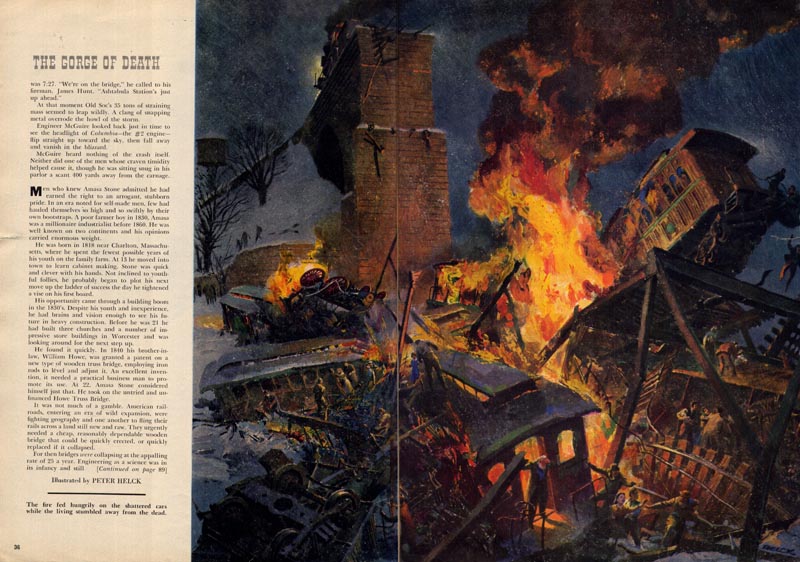
The problem being, you're on the train. The train is your career.
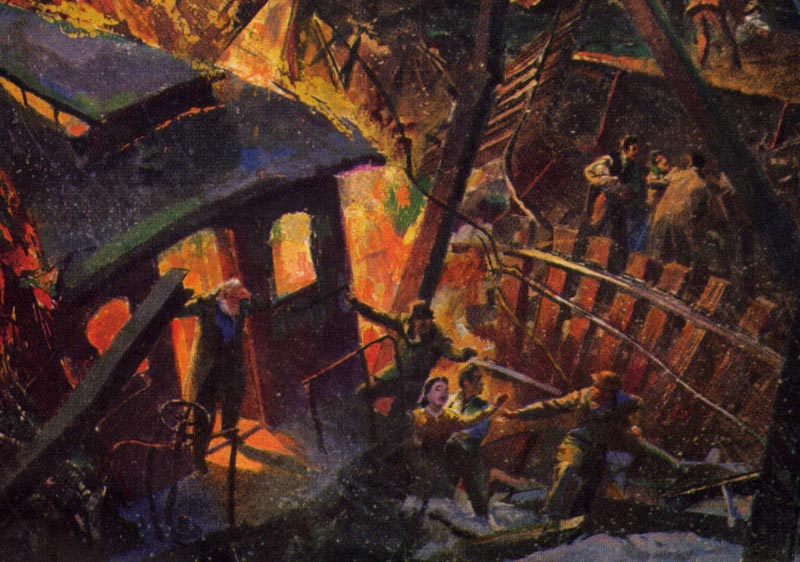
This is the story of three artists who didn't need a button to remind them of the law of survival. I'll call them...
Tom Sawyer had come to New York in the '50s. Tom dreamed of becoming the next Milton Caniff (Below: Tom with his idol, Milton Caniff).
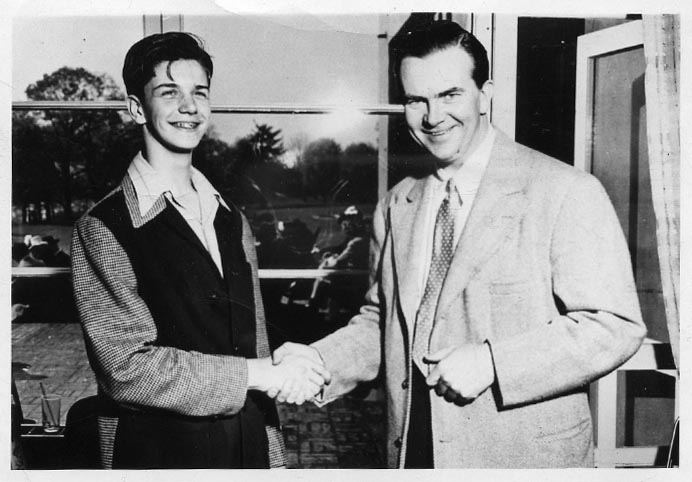
Instead he quickly found himself ensconced in a room full of kindred spirits; eager young men (teenagers actually) like himself, churning out comic book pages assembly-line style for what would one day become the Marvel Comics empire.
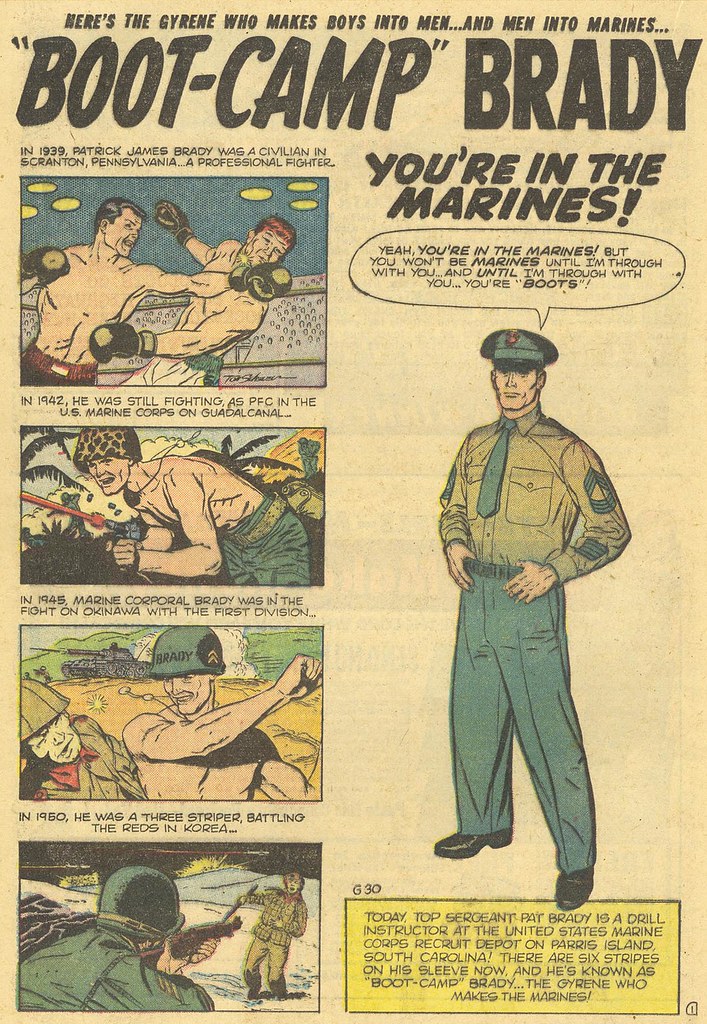
The page rates were at the bottom of the illustration industry barrel. But in a few short years Tom's talent and ambition carried him to the top of the pay scale. At the preeminent comic strip advertising studio of the day, Johnstone and Cushing, Tom made ten times the page rate his early comic art efforts had brought in.
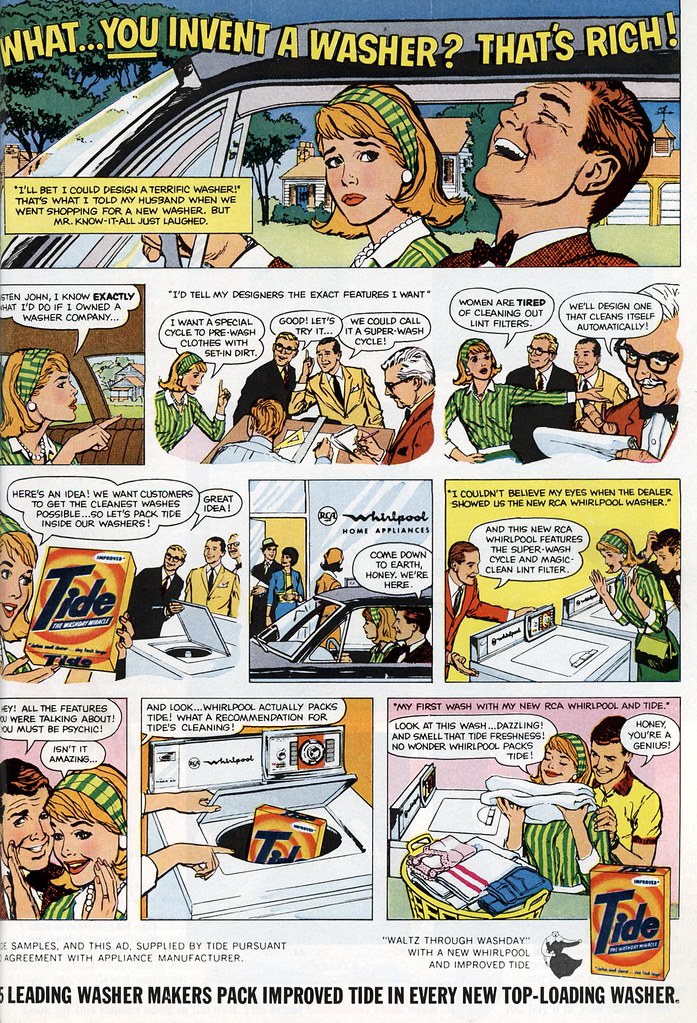
From there Tom moved into what was clearly emerging as a lucrative and growing market for illustrators in the 1960s: storyboarding for tv commercials.
Tom told me, "that was around 1968, just before I began shooting (directing/producing) commercials, and while I'm not certain about what the others were getting, I believe it was about $50 - $60 per frame. I'd started around there, but I just kept raising my prices (mostly at first because they were almost invariably all-nighters), and since my boards usually sold the concept to the clients, I met little resistance." In short order, Tom was the highest paid storyboard artist in New York at $100 a frame.
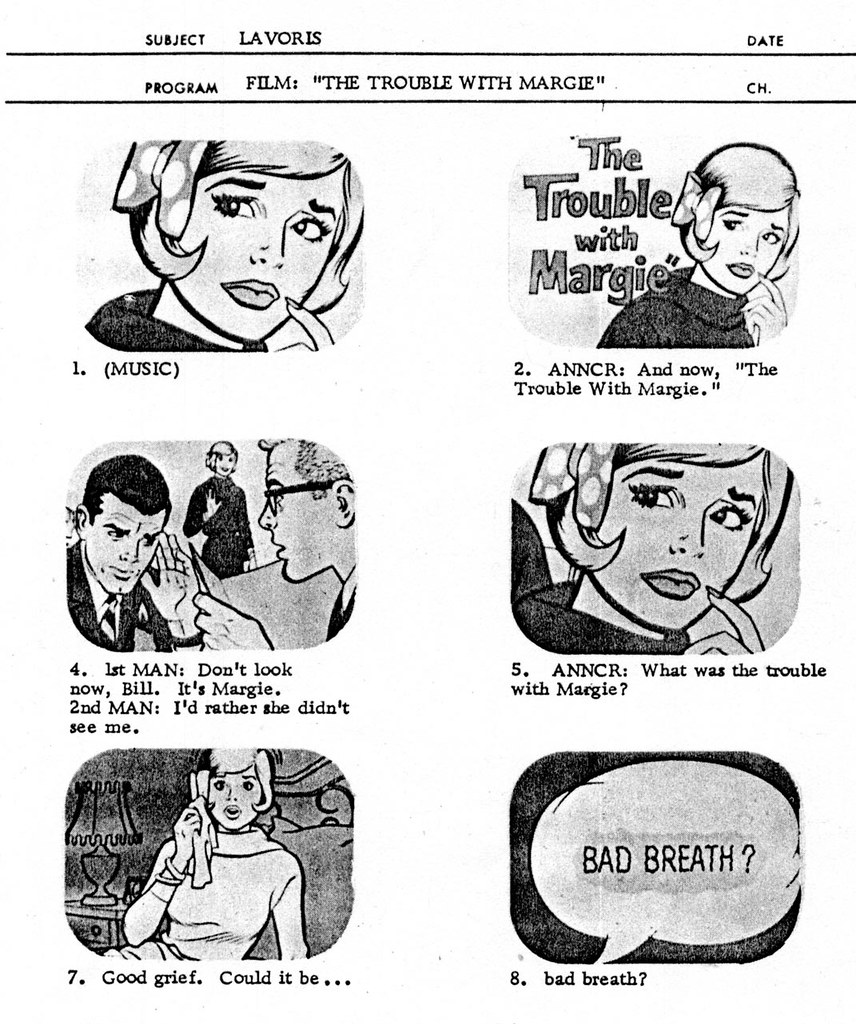
(To put things in perspective, 20 years later, when I began storyboarding professionally in the late 1980s, I was getting $65 a frame.)
Other artists who had previous made it big in "finished art" illustration also migrated to storyboard and layout art. Jack Hearne, for instance...
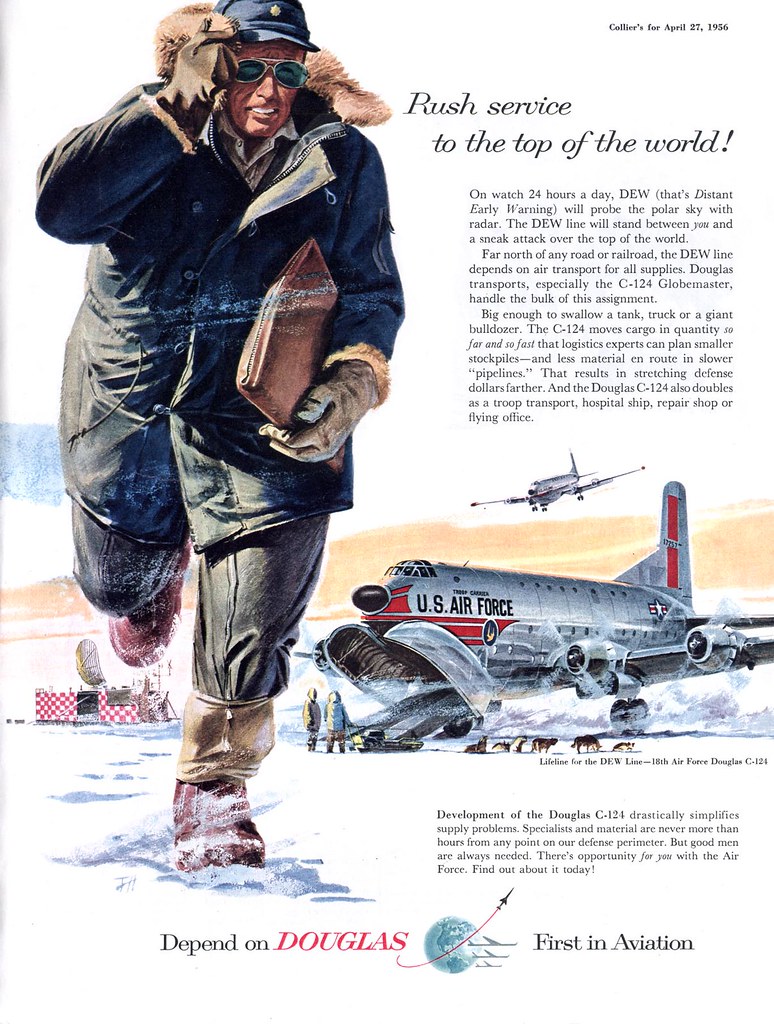
... whose son, John, told me, "I remember J. Walter Thompson being a main contributor to his portfolio... he did a whole bunch of storyboards for Chrysler in the 70's and 80's, with the introduction of the "K-Car." I actually remember those, and have a few under my bed in an old portfolio."
And Harry Borgman, one of the most adaptive illustrators I've ever met so embraced the new opportunities in creating concept art for television production that he actually wrote books on the subject and travelled to exotic locales to both draw and teach storyboarding.
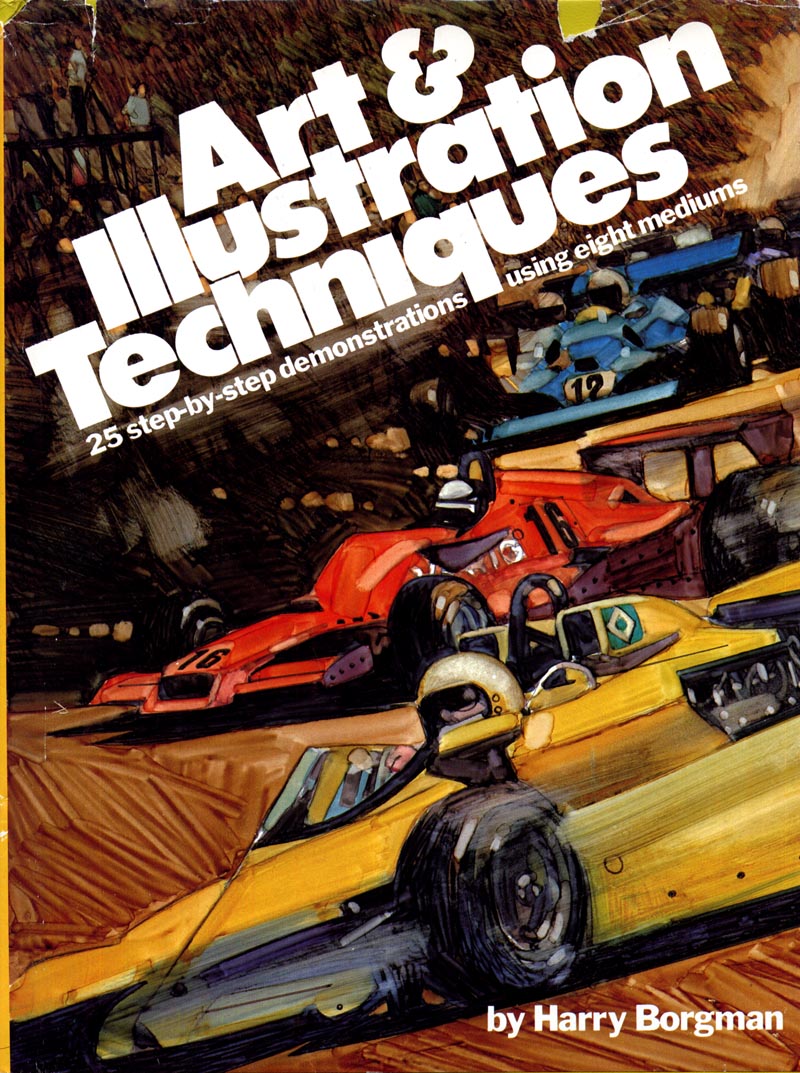
"Around the late 70's," Harry told me, "Illustration assignments were becoming scarce. I found myself doing more and more storyboard assignments.""
"Doing storyboards enabled me to start working almost the day I arrived in Paris. The French like the "American Style" of storyboards. We do them fast and loose, the French artists always had a tendency to overwork their stuff. Also the French artists did not want to work nights or weekends, so I had it made over there."
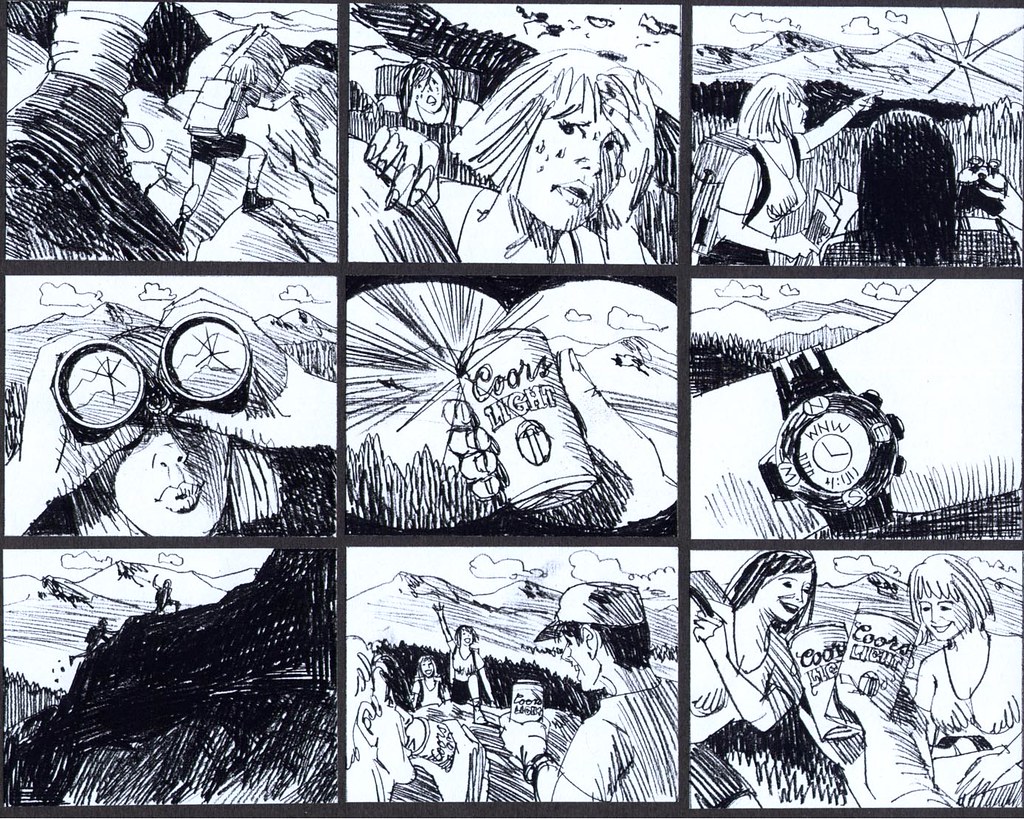
"Many illustrators did not want to dirty their hands doing storyboards, but it sure was a great way to make a living. I've done thousands of frames... and I never really tired of doing them. Its a lot like painting watercolors."
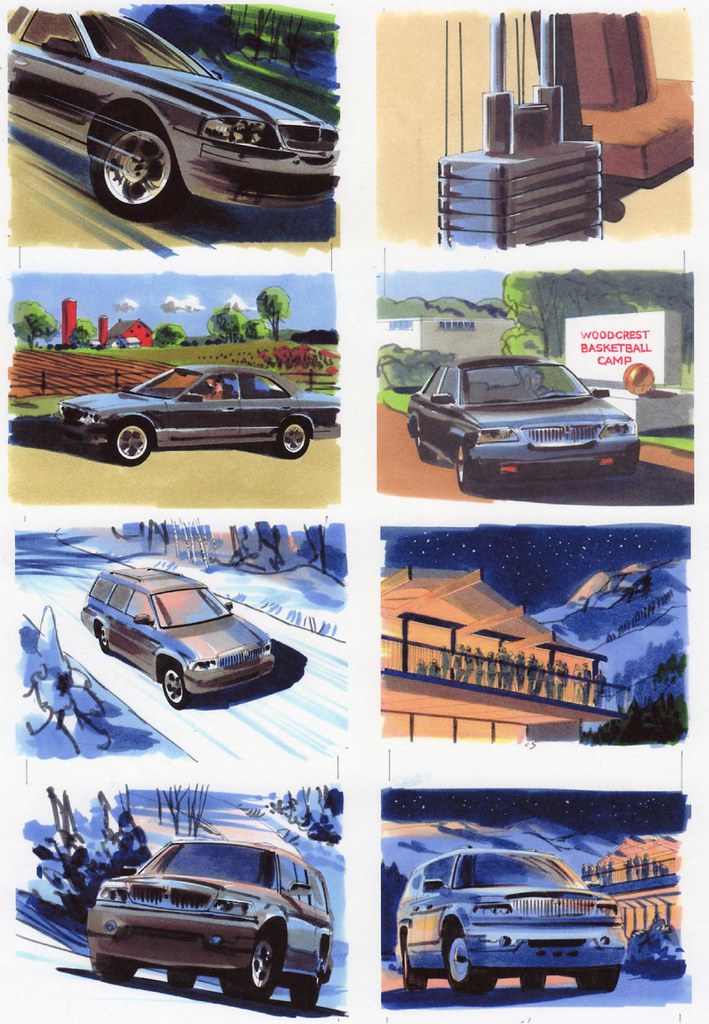
But wait -- the story of adaptation to changing market conditions has a "Part 2." Let's look at...
Rather than allow their careers to get 'royally flushed' down the toilet because technological change was causing a lack of illustration assignments, these three Freds (and one Len) all embraced change, discovering lucrative and creatively rewarding outlets to sustain the quality of life they'd grown accustomed to.
Fred Ludekens was both a renowned mid-century illustrator and a founding faculty member of the Famous Artists School.
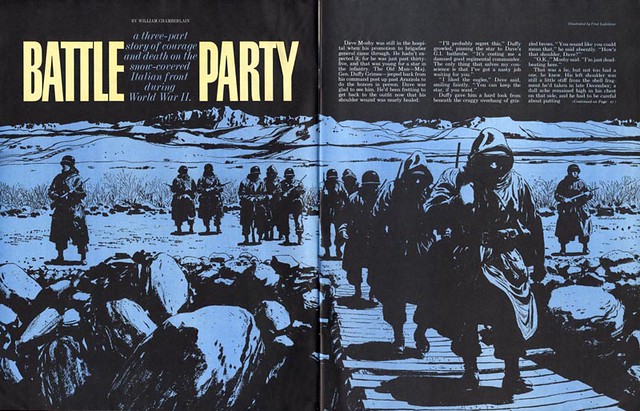
But after the market for illustration became dramatically diminished, Ludekens became co-creative director of one of the most prestigious advertising agencies in the world, Foote, Cone and Belding (FCB).
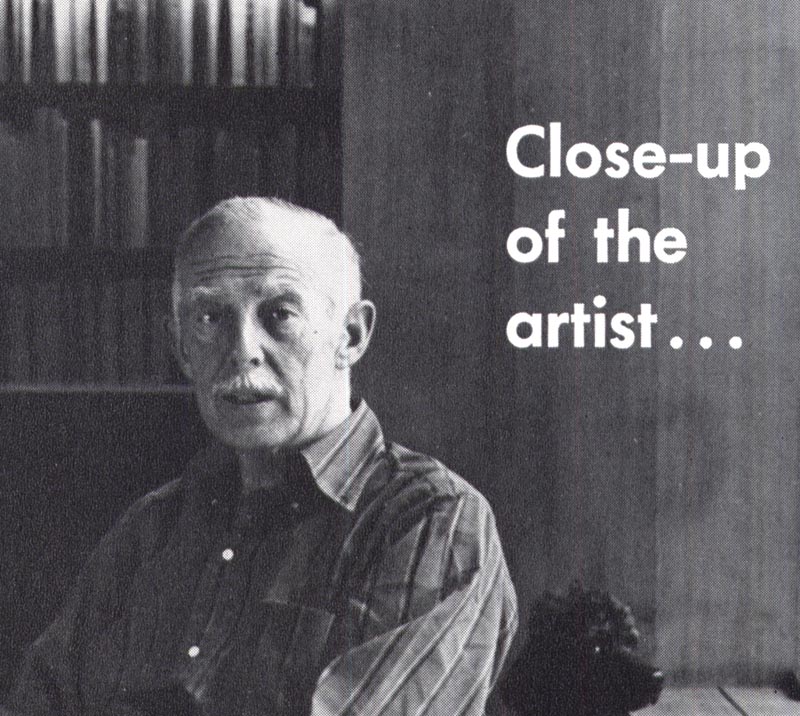
Asked during an interview what essential training must the illustrator bring to the job, Ludekens replied:
"Assuming he has talent, likes to draw and paint, the most important thing for him to have is a knowledge of the business he is in. Most illustrators know very little about business or writing. They just like to make pictures. This isn't enough. They should know what the picture is specifically required to do and why. They must be interested in the why and make an all-out effort to make the picture work. This is what they are being paid to do."
Ludekens was speaking about a different time and place, but I find it sage advice for any illustrator contemplating his role in today's changing graphic art landscape. Food for thought.
Fred ("Fritz") Siebel had a very successful career as an illustrator during the '40s and '50s... ... but he too fell victim to the decline in illustration assignments.
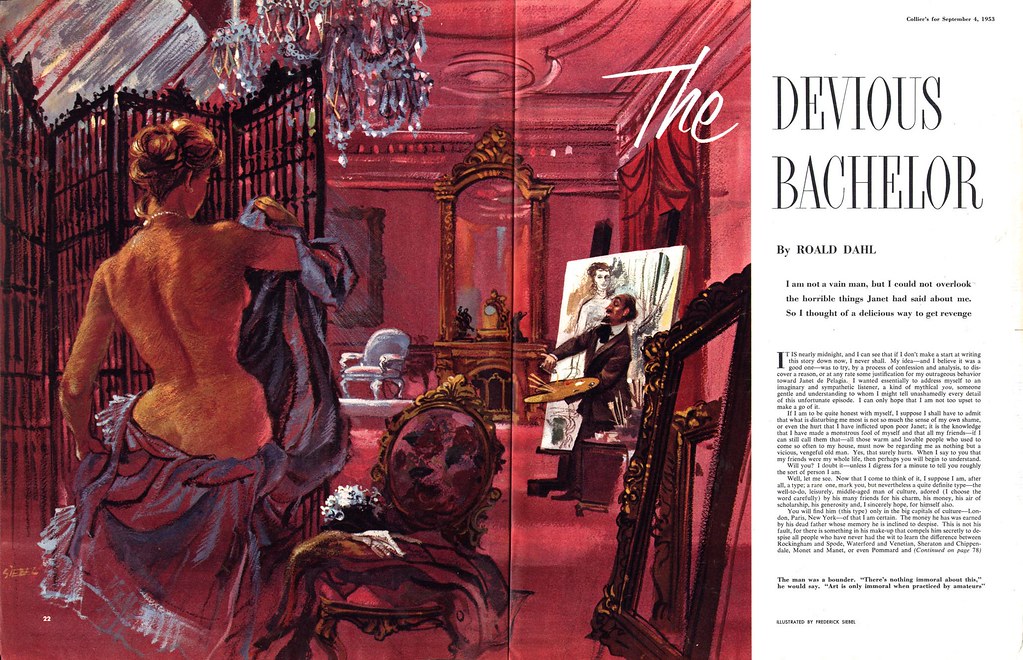
Siebel's widow, Gretchen, wrote to me and described what happened next:
"As photography began to replace illustration in editorial and advertising art, Fritz expanded to other design mediums. In 1960, he founded a graphic and package design company, Frederick Siebel Associates. He applied his talents to package design for products ranging from Captain Morgan Rum to Canada Dry Ginger Ale. His company was later known as Siebel Marketing Company. The firm had a large studio and design staff, as well as copywriters and event marketers, and received many awards and distinctions in the product design field."
Siebel, incidentally, didn't give up illustrating. In addition to his new role as the head of a design and marketing company, Fritz Siebel illustrated quite a few children's books, including one of my childhood favourites, "A Fly went By" and the popular "Amelia Bedelia" series.

J. Frederick Smith was a very prominent illustrator during the '50s but by 1956 he found his interest turning to the photography that preceded his execution of an illustration. Smith would set up elaborate shoots with models in costumes and surrounded by props. In an article in Illustration magazine #31, Smith is quoted as saying, "My work did not have a photographic look but I was approaching my work more like a photographer."

Smith continues, "In 1956, changes were being made. TV was much in evidence, and within a short time people were watching soap operas and sit-coms, and the magazines were printing less and less fiction. The handwriting was on the wall, TV was here to stay. Also, I was changing. I realized that after taking my preliminary photos, doing the illustration was sometimes anti-climactic. I was enjoying the new medium of the camera."
Finally, Len Steckler; who was another of the prestigious Charles Cooper studio artists we talk about so often. Steckler's illustrations appeared in all the leading magazines of the day such as Collier’s, Good Housekeeping, The Ladies’ Home Journal, and The Saturday Evening Post. He was a member of the Society of Illustrators in New York.
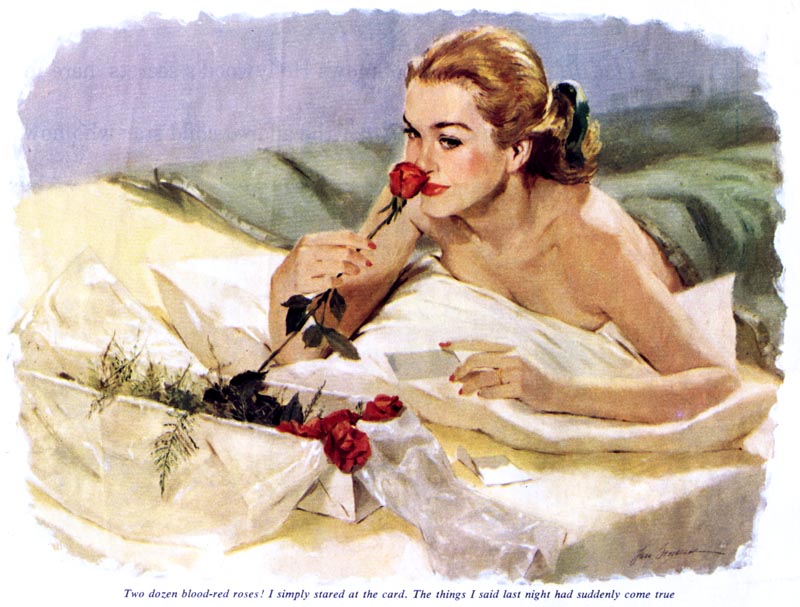
While painting, he often relied on his photograph of the model for further reference, and magazine editors started to buy these photographs. Over time Steckler phased out illustration, and in the 60’s and 70’s, he became famous for his fashion and beauty photography.
(Below, Len Steckler, who formerly illustrated stories for The Post, ensured his continued employment by switching to photography and shot this 1965 cover for the magazine)

Today we illustrators once again find ourselves at a juncture where our profession is being marginalized by changing technology. Its impossible to predict how things will pan out in the years ahead... but its becoming increasingly clear that there's no going back. The stories presented here today of Tom, Jack and Harry and of the three Freds and one Len - illustrators who adapted to the technological change of their time - may not provide the answer you're looking for... but these are stories worth some serious consideration. Confronted by the inevitability of change, will you adapt or... ?
* Last night I spoke for two hours plus at The Nook. We had a full house - wow! - I was humbled that so many wonderful, attentive people would come out to hear stories of the artists of the "Last Golden Age of Illustration". To those people - many thanks and thanks to Julia and all the other great folks at The Nook for hosting my lecture! For those of you who missed it, we managed to record the whole thing ( even though we didn't realize we were doing so - haha! ) If you'd like to have a look at me talking and talking and talking ... here's the link our ustream video recording.






0 comments:
Post a Comment